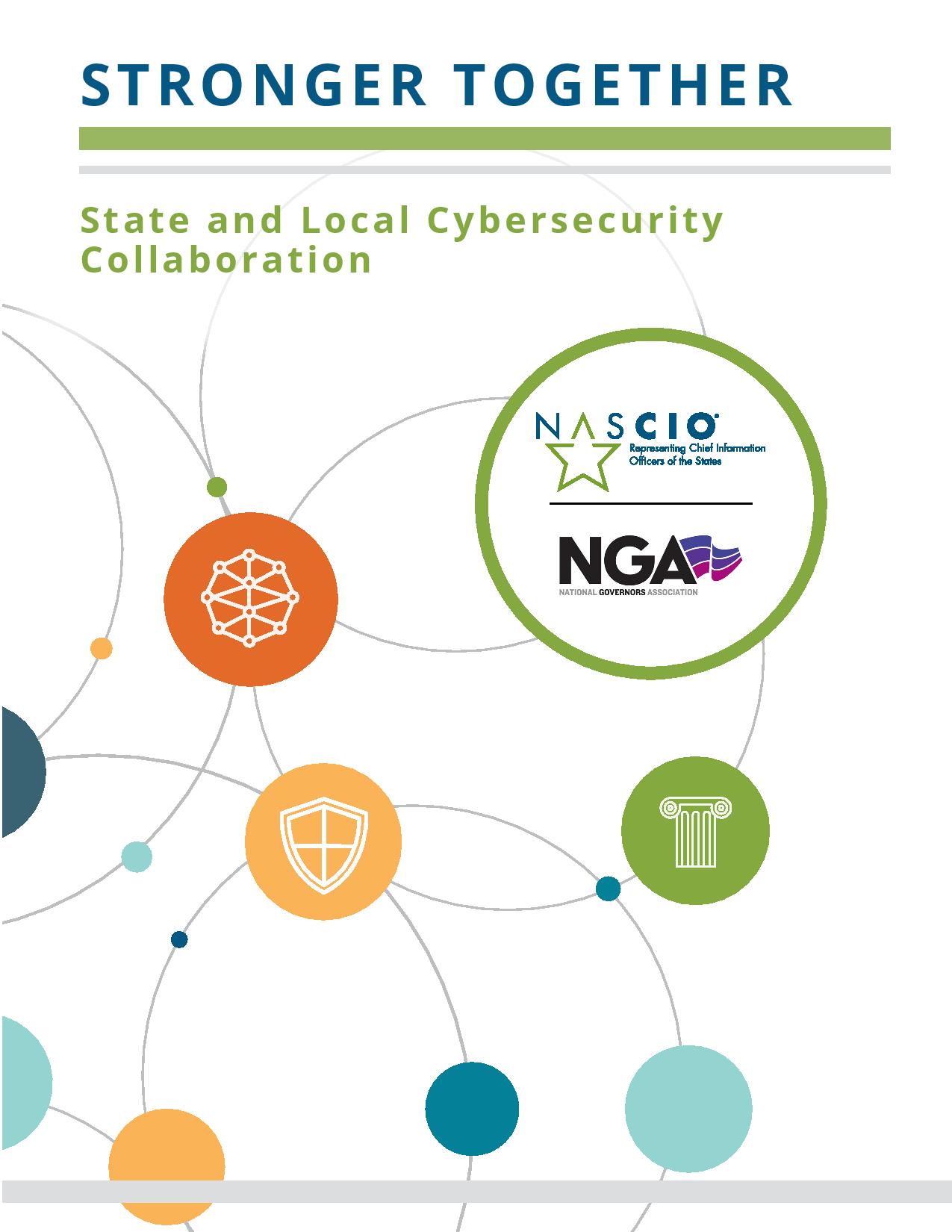The 2023 State CIO Survey: The Force of Automation and the Reality of Modernization
The 2023 State CIO Survey covers evergreen topics like cybersecurity, emerging technology, cloud, legacy modernization and data management and also includes some topics with a new angle—some that we might have covered before, but we tried to put a new spin on the questions asked. The report also includes questions on workforce in many of its sections. Workforce challenges, including continuity of leadership, have and continue to have an impact on the state CIO’s ability to deliver services both now and in the future. There is also a focus on automation and, based on trending adoption, we anticipate further utilization of automation tools and services to streamline business processes; enhance digital citizen experience; and strengthen states’ cybersecurity posture.










